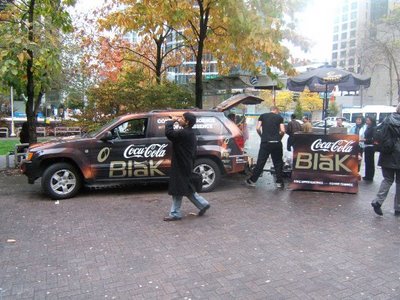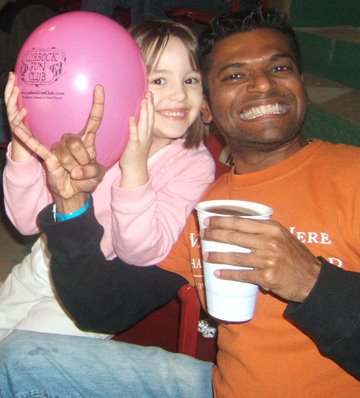Some have argued that advertising is the business of brands. This appears to be more true today, as there is less and less genuine difference between brands. Research and development times have come down, and competitors are quick to copy a fad.
Employee pricing anyone?
If you are a chief marketing officer (whose average tenure is less than 24 months according to a recent
Advertising Age article), you must be worried about selling product today. However, most tactics to see products today are in the disinterest of selling product 10 years from now.
In the principles of advertising course, we talk about the "sales promotion trap." That is, every company would make more money (i.e., profit margins would be greater) if every company would stop offering sales promotions. Coupons take money out of the bottom line. Just stop it, and the bottom line would be better.
But this is a free market. As soon as everyone discontinued sales promotions, that opportunity would be too great. Someone would rush in. And if you had the
only coupon, you would do well. Others would follow. We'd be right back at square one.
How do you move product this quarter
and build brand equity over the next decade? It's no easy task. Just ask the scores of fired chief marketing officers.
This conundrum makes it even more impressive to me when someone makes it. When you can do both, you have arrived. And it has to be about the brand. If you kill it today with coupons (or slotting allowances), then it will not survive to see the glory years.
Brand equity is a difficult topic for young advertising students to understand. Formally, textbook authors George Belch and Michael Belch define
brand equity as, "The intangible asset of added value or goodwill that results from the favorable image, impressions of differentiation, and/or the strength of consumer attachment of a company name, brand name, or trademark."
It is a mouthful to be sure.
Yesterday I tasked my advertising campaigns students to extend a brand. I paired them up and sent one pair out the door every 60 seconds. Their job was to visit the vending machine in the basement and pick out a brand. Then, they were to go off in isolation and extend that brand. That is, they needed to come up with a new product that was in keeping with the current brand.
Whatever Snickers means to people, your new product had to mean that too.
Eight groups left, and much to my surprise, they picked eight different brands to extend. All of their products were pretty good. But only a couple of them were two brand extensions. Several involved changing an ingredient.
And brands are not about ingredients. If they were, we'd all just eat generics and save the money. You see,
Snickers is about hunger satisfaction and getting you through. That's why the Snickers energy bar makes sense as a brand extension. Those two things go together. A Butterfinger energy bar just does not fit. It's just ingredients.
Too many people do not understand their brands. Poor
Miller Lite just keeps switching campaigns looking for an image that has been missing for years. All the promotions in the world will not produce that image.
Instead, you need good ideas. Good advertising ideas. Consistent advertising images. You need to make Miller Lite
my friend.
My companion. It needs to have a
story. That story has to be similar to my story. When you've done that, you'll have a customer for life. Until then you'll just have a bunch of unconnected, costly promotions that undermine the bottom line and devalue brand equity.

















 FOLLOW SAM ON TWITTER
FOLLOW SAM ON TWITTER
 SUBSCRIBE TO THIS FEED
SUBSCRIBE TO THIS FEED
